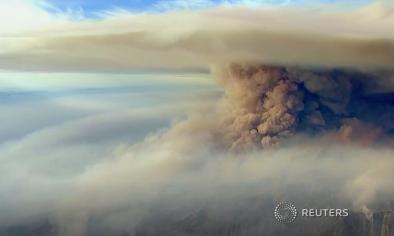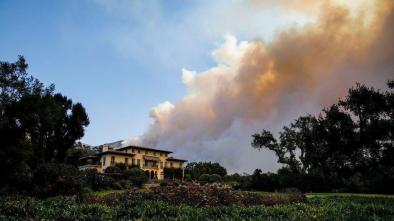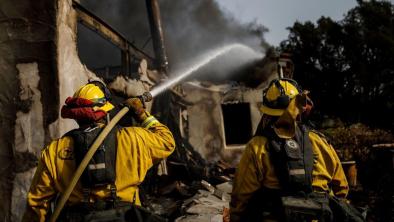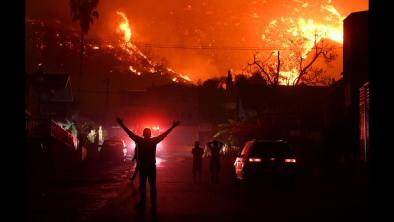Science Source
Identification of two distinct fire regimes in Southern California: implications for economic impact and future change
- States that:
- Southern California's wildfires can be partitioned by meteorology: fires typically occur either during Santa Ana winds (SA fires) in October through April, or warm and dry periods in June through September (non-SA fires)
- Previous work has not quantitatively distinguished between these fire regimes when assessing economic impacts or climate change influence
- Separates five decades of fire perimeters into those coinciding with and without SA winds
- Finds that the two fire types contributed almost equally to burned area, yet SA fires were responsible for 80% of cumulative 1990–2009 economic losses ($3.1 billion)
- Finds that the damage disparity was driven by fire characteristics: SA fires spread three times faster, occurred closer to urban areas, and burned into areas with greater housing values
- Results show that non-SA fires were comparatively more sensitive to age-dependent fuels, often occurred in higher elevation forests, lasted for extended periods, and accounted for 70% of total suppression costs
Related Content
Headline

Dec 22, 2017 | Ventura County Star
Thomas Fire, in part, spurs largest disaster aid package ever
Headline

Dec 22, 2017 | LA Times
Evacuation orders lifted in Santa Barbara County as crews tame massive Thomas fire
Headline

Dec 22, 2017 | LA Times
L.A.'s increasingly hot and dry autumns result in 'these near-apocalyptic fires'
Headline

Dec 21, 2017 | LA Times
Gov. Jerry Brown requests a major disaster declaration for SoCal wildfires


